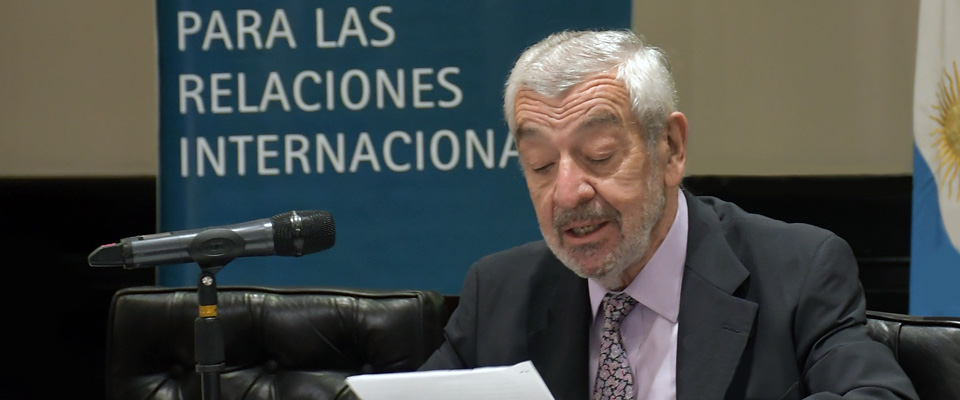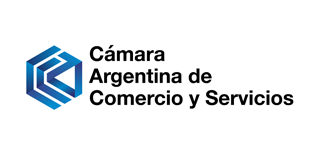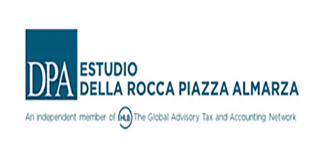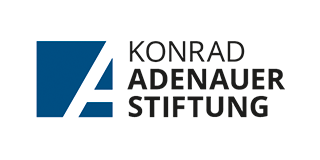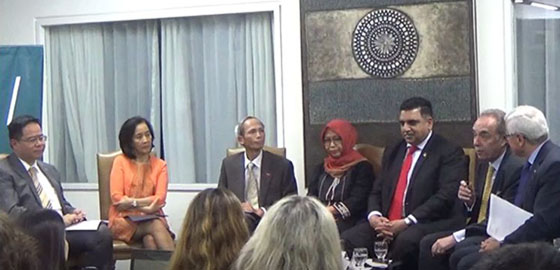
November 7, 2018
The Argentine Council on International Relations hosted an academic session conducted by the ASEAN Working Group of the Asian Affairs Committee
Written by Carla Gebetsberger
Five ASEAN representatives gathered together in the Argentine Council on International Relations (CARI) to take part of an enriching academic session. Conducted by the ASEAN Working Group of the Asian Affairs Committee, the meeting aimed to discuss the group’s prospect at political, economic and cultural levels.
The President of CARI, Adalberto Rodríguez Giavarini, warmly welcomed the five speakers as well as the audience. He recalled the 50th Anniversary of ASEAN’s foundation commemoration in 2017, and pointed out the need to learn from the group past experience. Later, the Director of the Asian Affairs Committee, Eduardo Sadous, emphasized the relevance of ASEAN’s in an era of global integration. He also briefly focused his attention on the need to expand ASEAN and Argentina’s relations, for which he expressed the Committee’s outlook to forge stronger links between them.
During its 51 years of existence, the ambassador claimed ASEAN as a regional cooperation entity has brought peace and stability, remaining its first and biggest outcome
Dato Mohd Khalid Abbasi Abdul Razak, the Ambassador of Malaysia, firstly expressed his gratitude to CARI and his regards to Adalberto Rodríguez Giavarini, Mario Schuff and Eduardo Sadous, for kindly requesting his presence. The Ambassador launched the session discussing the causes that encouraged the creation of ASEAN, its main past accomplishments, present obstacles and future threats. According to the Ambassador, some previous experiences have shown the willingness of some of ASEAN’s countries to group together, such as the Southeast Asia Treaty Organization (SEATO) in 1954 and the creation of the Association of Southeast Asia (ASA) in 1961. Signed in 1967 by the Foreign Ministers of Indonesia, Malaysia, the Philippines, Singapore, and Thailand, the ASEAN Declaration attended the requirement to establish a political dialogue among regional nations; the need to protect each other from Cold War’s impacts and superpower’s influence and the disposition to stay neutral. The ambassador stated that “During its 51 years of existence, ASEAN as a regional cooperation entity has brought peace and stability, remaining its first and biggest outcome”. He also explained economic integration has turned the region into the seventh largest economy in the world. The main obstacles that challenge ASEAN, according to the ambassador, concern implied tensions in regional diversity and geopolitical issues related to the trade war. Taking into account the fact that the main threat ASEAN may have to face is diversity, he stated it would be suitable to educate their people to consider themselves as aseans, while preserving their specific identities.
(…) the group does hope the outcome of G20 support multilateralism, stand by World Trade Organization rules and promote inclusive economies
Later, the Ambassador of Indonesia, Niniek Kun Naryatie Siswojo, went through some southeastern standings towards international affairs. Firstly, she denoted there is no internal ASEAN mechanism to discuss ASEAN standing on G20. Nevertheless, even though Indonesia will not be assisting the forum as an ASEAN representative, it will certainly be voicing emerging economies and spreading the groups’ experience. She stated that “the group does hope the outcome of G20 support multilateralism, stand by World Trade Organization rules and promote inclusive economies”. Secondly, as for security cooperation measures, she stated ASEAN has already expressed three frameworks, besides diplomacy and bi-lateral cooperation: ASEAN Ministerial Meeting on Trans-national Crime (AMMTC), ASEAN Defense Ministerial Meeting (ADMM) and ASEAN Regular Forum (ARF). Thirdly, referring to new members admissions, such as Timor-Leste, the Ambassador explained ASEAN is open to it, if the established criteria are respected. Besides geolocation and recognition, the candidate should sign a binding agreement and must have the ability and willingness to relate by following the organization rules. Ultimately, the Ambassador congratulated Argentina’s government for accessing to ASEAN’s Treaty of Amity and Cooperation (TAC) and pointed out the possibility to promote agricultural production cooperation.
(…) the need to maintain ASEAN’s centrality as well as an open, transparent, inclusive and ruled-by approach
As the session ensued, it was the Ambassador of the Socialist Republic of Vietnam, Dung Dang Xuan, who then examined part of the ultimate indo-pacific initiatives and international trade and investments. He began by specifying some existing political, security and economic mechanisms in the region, such as ASEAN+3 or ASEAN+1. He highlighted “the need to maintain ASEAN’s centrality as well as an open, transparent, inclusive and ruled-by approach”. Since international trade changes affects ASEAN in various ways, for the majority of their economies are widely open, the ambassador argued it would be suitable to try to consolidate regional integration and search for new partners. To expand trade and investment, ASEAN countries actually do a lot together to help and complement each other. In order to improve it, he stated the need to work on legal frameworks to facilitate the implementation of the leader’s decisions. Meanwhile, Japan and China’s initiatives reflect strategic competition among major powers in these regions, challenging ASEAN’s centrality. The ambassador concluded ASEAN’s role is to make the most out of them and minimize the worst.
FEALAC is a way to increase engagement, deeper knowledge and cooperation between East Asia, South-Asia and Latin America
Later on, the Ambassador of Philippines, Linglingay F. Lacanlale, firstly throw some light upon the coexistence between the ASEAN Economic Community (AEC) integration process and some sub-regional frameworks, such as the Greater Mekong Subregion (GMS) and the East Asia Growth Area (BIMP-EAGA). She explained there are some actual complementarities between them, as both the AEC and the BIMP-EAGA enhance, simultaneously, to the ultimate goal to be highly integrated. In what concerns to the AEC trade agreements, she pointed out “the necessity to conclude ASEANS Regional Comprehensive Economic Operation Partnership (RCEP) to harmonize or unify all trade agreements (they have six FTAs)”. Once it is concluded, he claimed it will be the largest trade deal in terms of population (3.5 billlion people), will contribute in 32% of global GDP and will be part of over a quarter of world exports. Hopefully, it will provide new frameworks, trade barriers, security and improve market access. The other agreement is the Comprehensive and Progressive Agreement for Transpacific Partnership (CPTPP) composed by eleven countries, within four are part of ASEAN. Regarding ASEAN’s economic unity towards future, she added energy is really important. To sustain this, ASEAN has created a plan of action from 2016 to 2025 outlining key initiatives towards energy development in the region and discovering multilateral electricity trade, gas connectivity, promote clean coal technology, mixed renewable energies and energy efficiency measures. Linglingay F. Lacanlale lately explained that inside ASEAN there is recognition of nuclear energy importance and that some countries already have the technology and resources to promote it but “there has been no political decision or willingness to go into nuclear power or build a nuclear power plant because of security factors”.
(…) the necessity to conclude ASEANS Regional Comprehensive Economic Operation Partnership (RCEP) to harmonize or unify all trade agreements (they have six FTAs)
Lastly, Chakraphan Yuwari, the Chargé d' Affaires of the Royal Thai Embassy, pointed out that “FEALAC is a way to increase engagement, deeper knowledge and cooperation between East Asia, South-Asia and Latin America”. He focused on the numerous projects initiated amongst South-Asia and Latin America and the various meetings aiming to connect the two regions, through different work groups. The matters concerned involve social development, cultural, youth and sports cooperation, tourism, science, technology, innovation and education. Later on, he stated that besides the geographical distance, both regions share some common values including the willing of regional and global integration and the respect for diversity.
